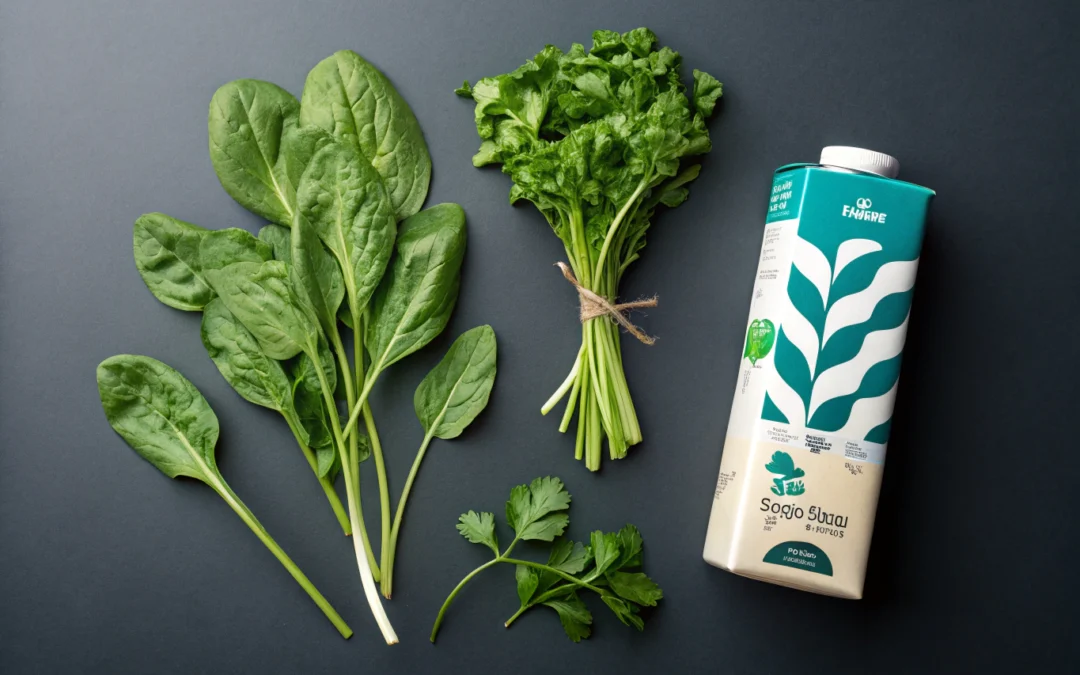Understanding Low FODMAP and Spinach: What You Need to Know
If you’re managing digestive health or following a low FODMAP diet, understanding which foods fit into this plan is essential. One common question is whether spinach is low FODMAP. To explore this, you can find detailed information at is spinach low fodmap. This resource clarifies the FODMAP content of spinach and helps guide dietary choices for those sensitive to fermentable carbohydrates.
What Are FODMAPs?
FODMAPs are fermentable oligosaccharides, disaccharides, monosaccharides, and polyols—essentially, types of short-chain carbohydrates that can be poorly absorbed in the small intestine. For individuals with irritable bowel syndrome (IBS) and other digestive disorders, consuming high FODMAP foods can trigger symptoms like bloating, gas, and abdominal pain. Managing intake involves identifying and limiting foods that contain these compounds without sacrificing nutritional variety.
Spinach and Its FODMAP Content
Spinach is often included in low FODMAP diets because it contains relatively low levels of these problematic carbohydrates, especially when eaten in moderation. According to research and dietary guidelines, a serving of about 1 cup (roughly 30 grams) of fresh spinach is considered low FODMAP. Larger servings, however, may contain higher FODMAP levels, potentially triggering symptoms in sensitive individuals.
Fresh vs. Cooked Spinach
The way spinach is prepared can influence its FODMAP content. Cooking spinach reduces its water content, which can concentrate FODMAPs if the serving size remains the same. Yet, in practical terms, a standard serving of cooked spinach still tends to stay within low FODMAP limits, provided the portion doesn’t exceed the recommended size. For those monitoring their intake, it’s often advisable to stick to smaller servings and observe personal tolerance.
Incorporating Spinach into a Low FODMAP Diet
Given its low FODMAP status in moderate amounts, spinach can be a versatile addition to meals. It provides essential nutrients like iron, calcium, and vitamins A and C. When including spinach in your diet, consider the following tips:
- Use fresh spinach leaves in salads or smoothies for a quick, low FODMAP boost.
- Incorporate cooked spinach into stir-fries, soups, or pasta dishes, keeping servings within the recommended limits.
- Monitor your body’s response to larger servings—FODMAP tolerance varies among individuals.
Practical Recommendations for Consumers
If you’re navigating a low FODMAP lifestyle, here are some actionable steps:
- Start with small portions of spinach (about 1 cup of raw or cooked spinach) and increase gradually while observing your symptoms.
- Pair spinach with other low FODMAP ingredients to create balanced and flavorful meals.
- Consult reputable sources like the Gourmend Foods blog for updates and detailed guidance on FODMAP content in various foods.
- Work with a dietitian or healthcare provider to personalize your diet plan, especially if you have specific digestive concerns.
By understanding the FODMAP content of foods like spinach and making mindful choices, you can maintain a varied diet that supports digestive comfort without sacrificing flavor or nutrition.
Checkout ProductScope AI’s Studio (and get 200 free studio credits)

